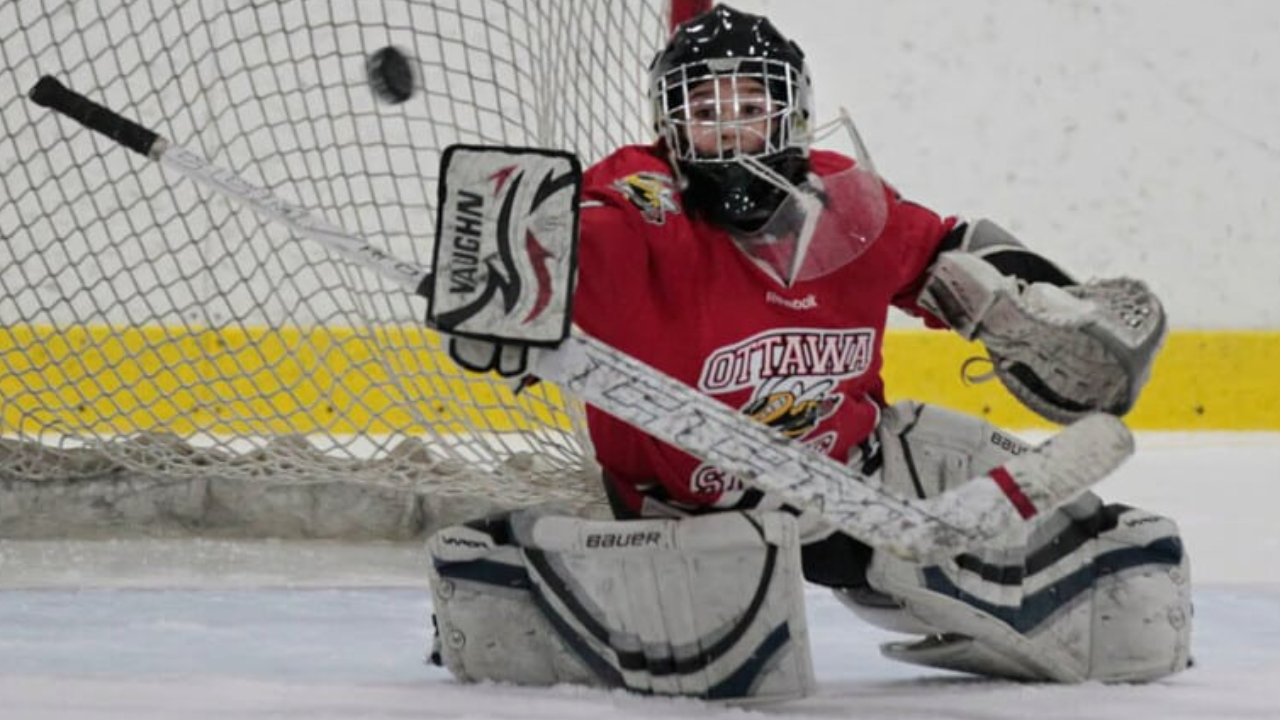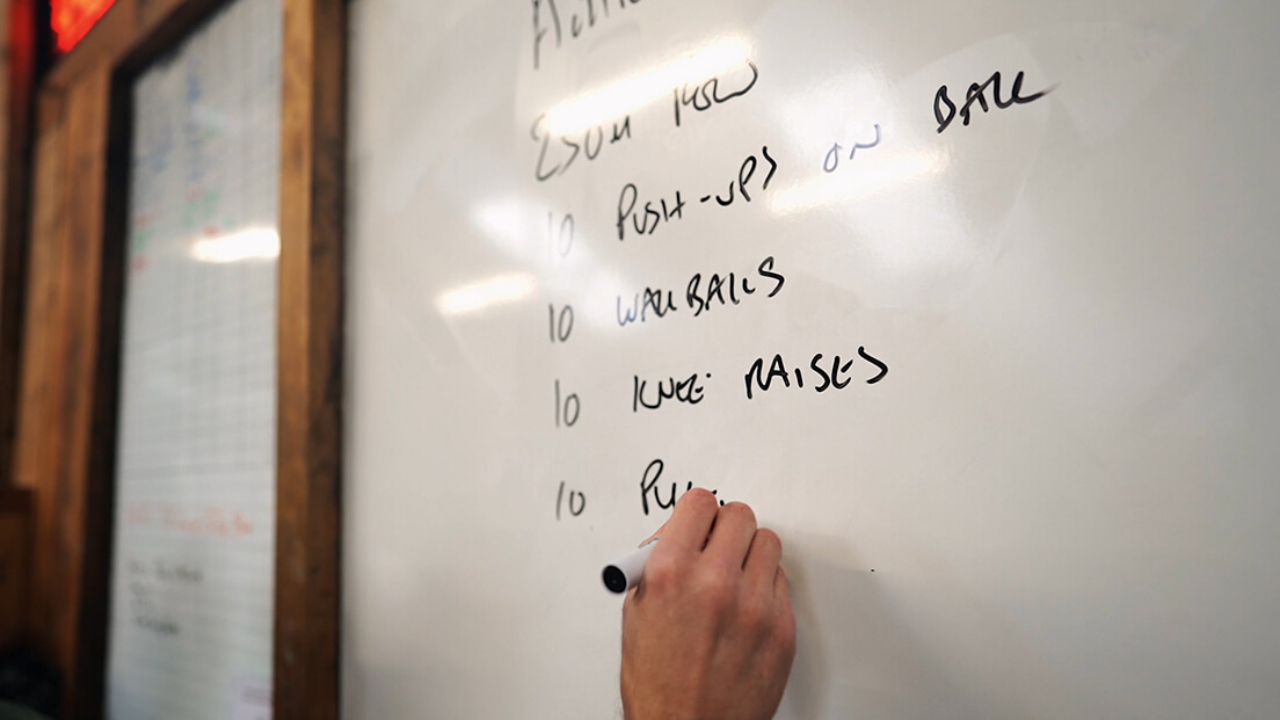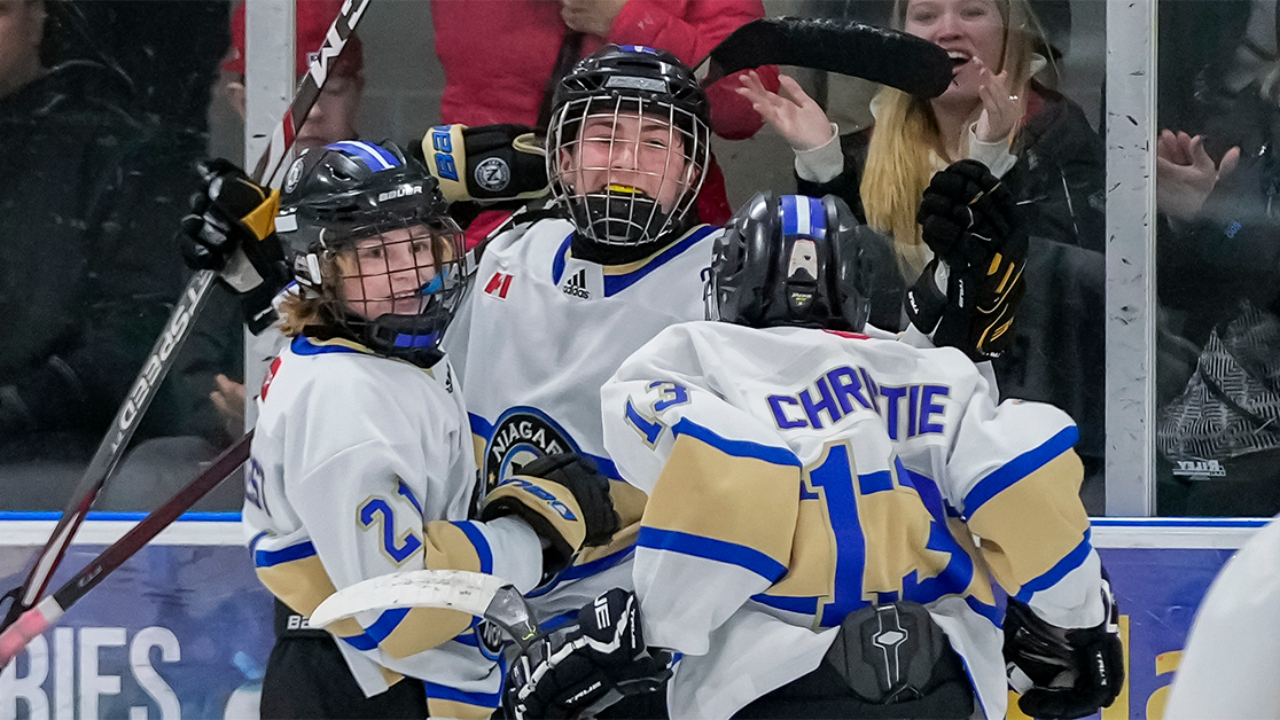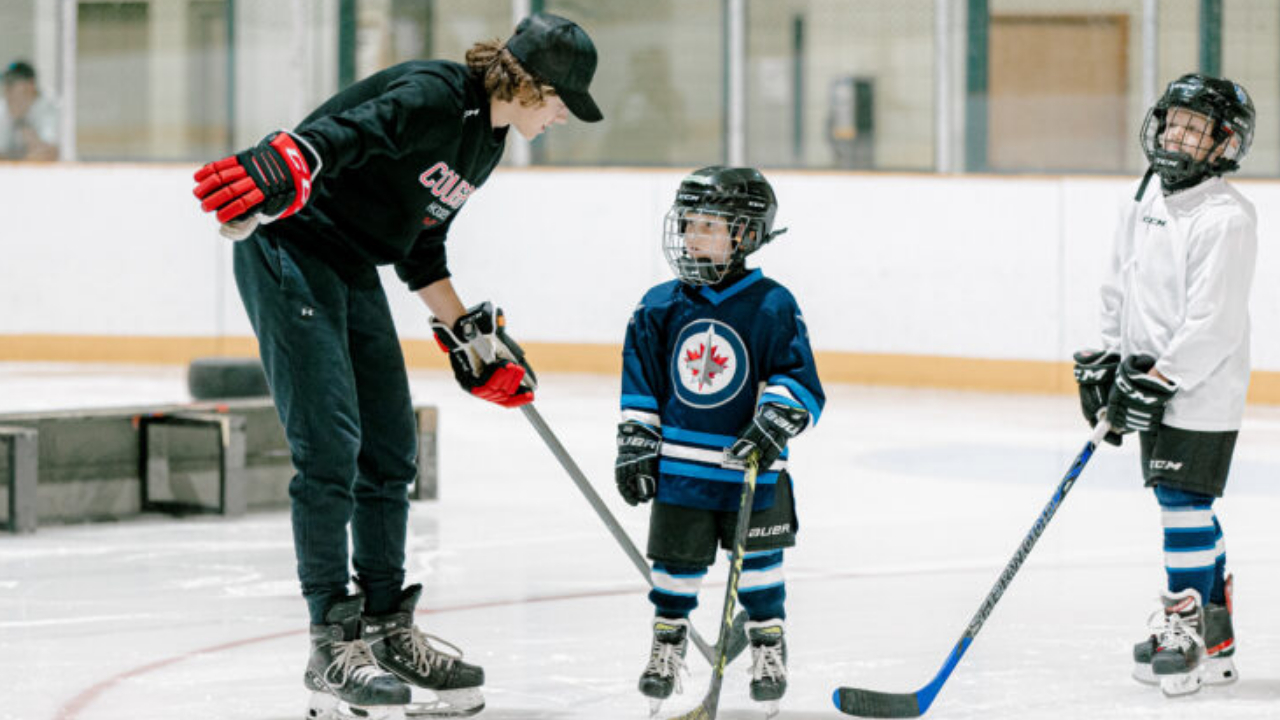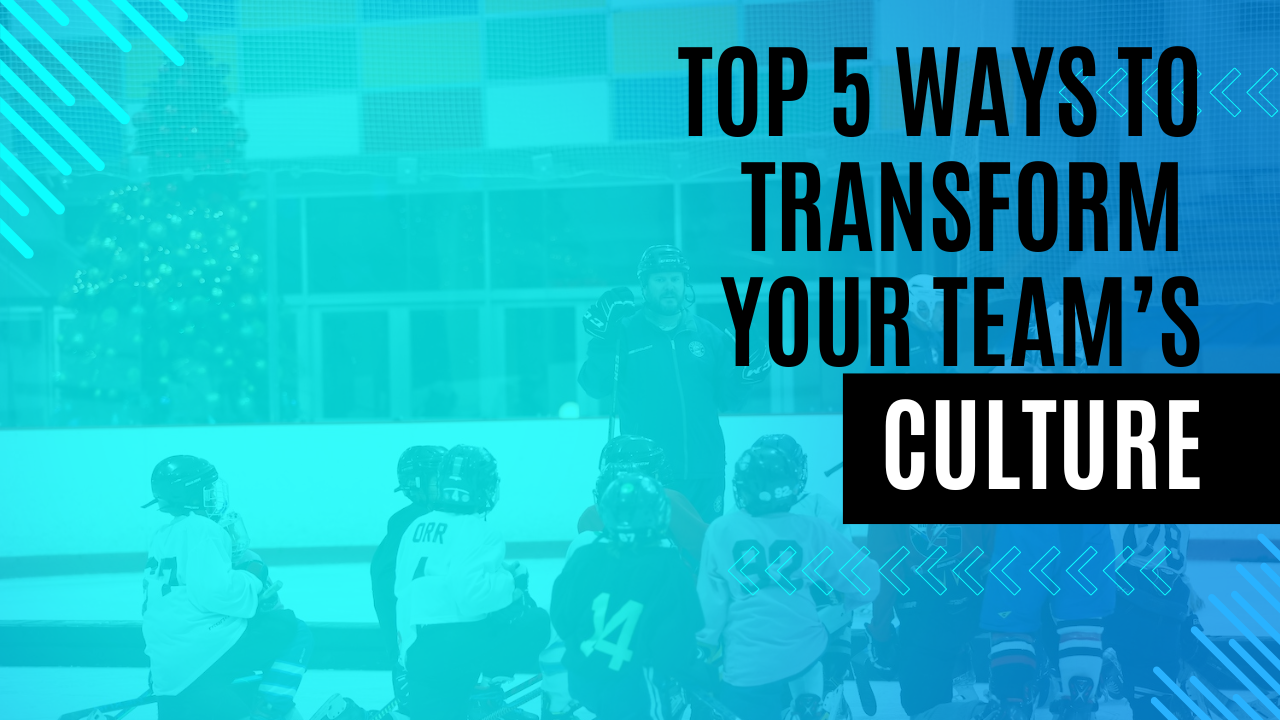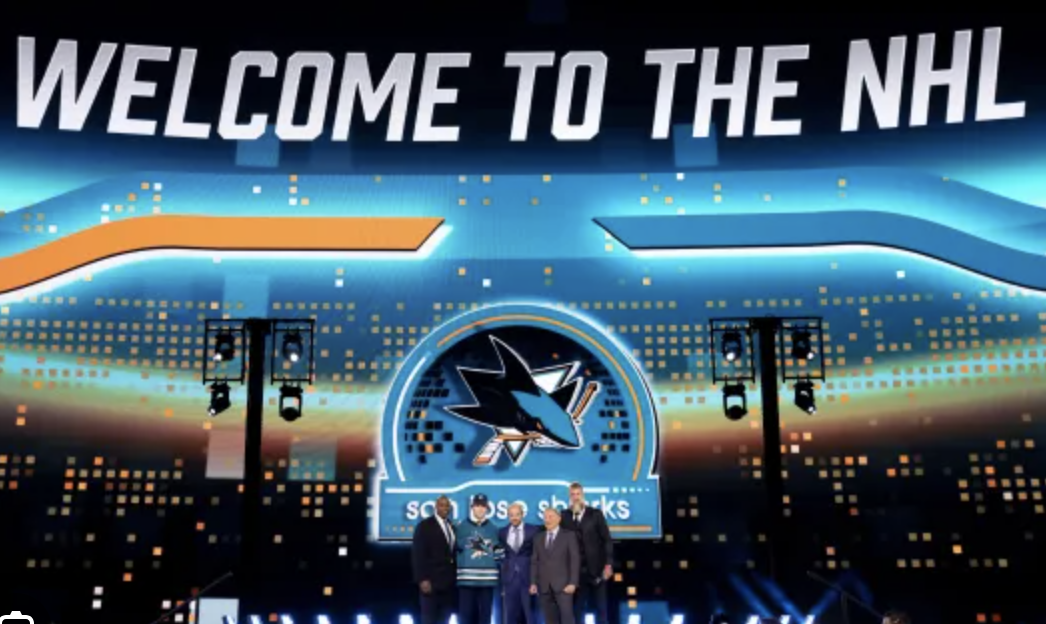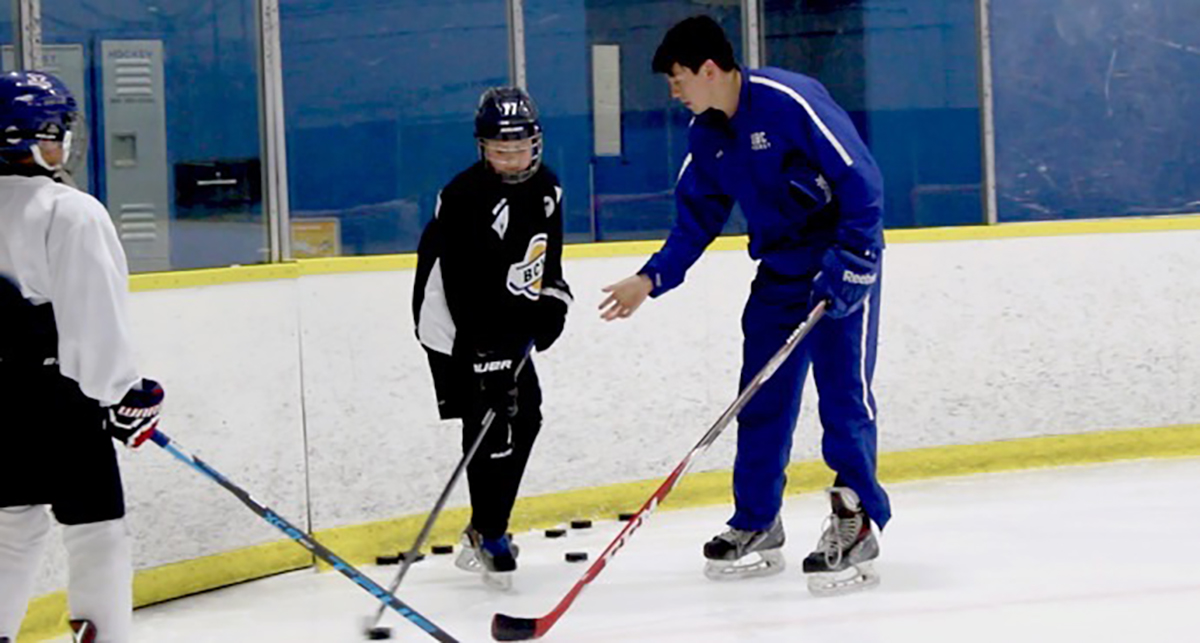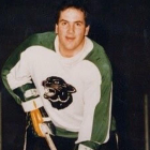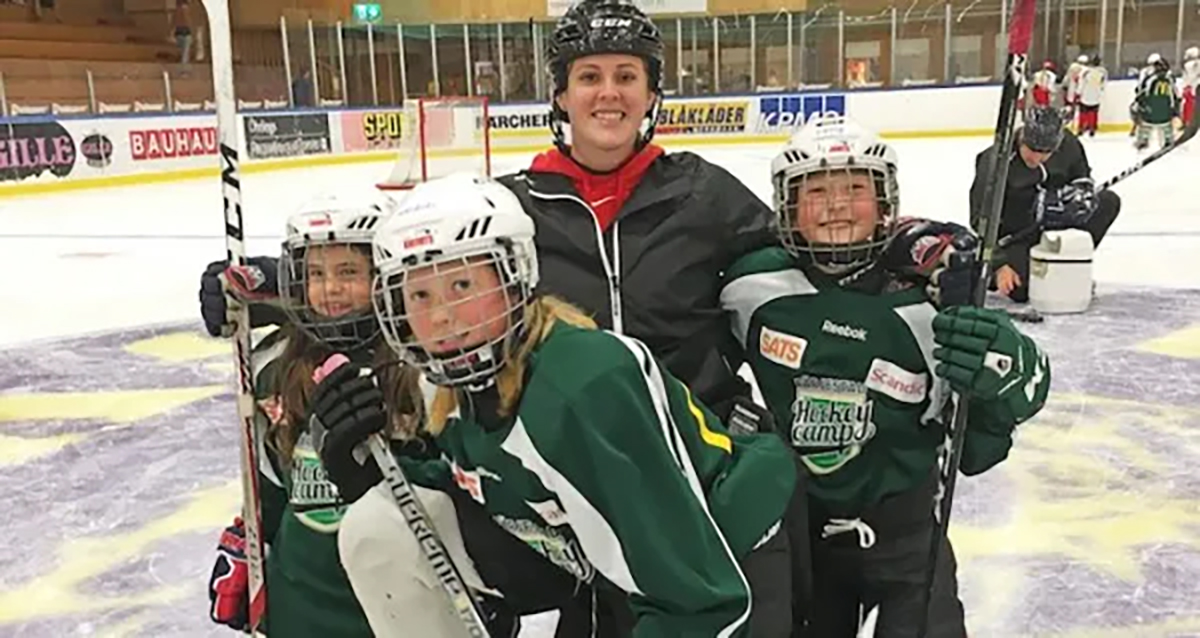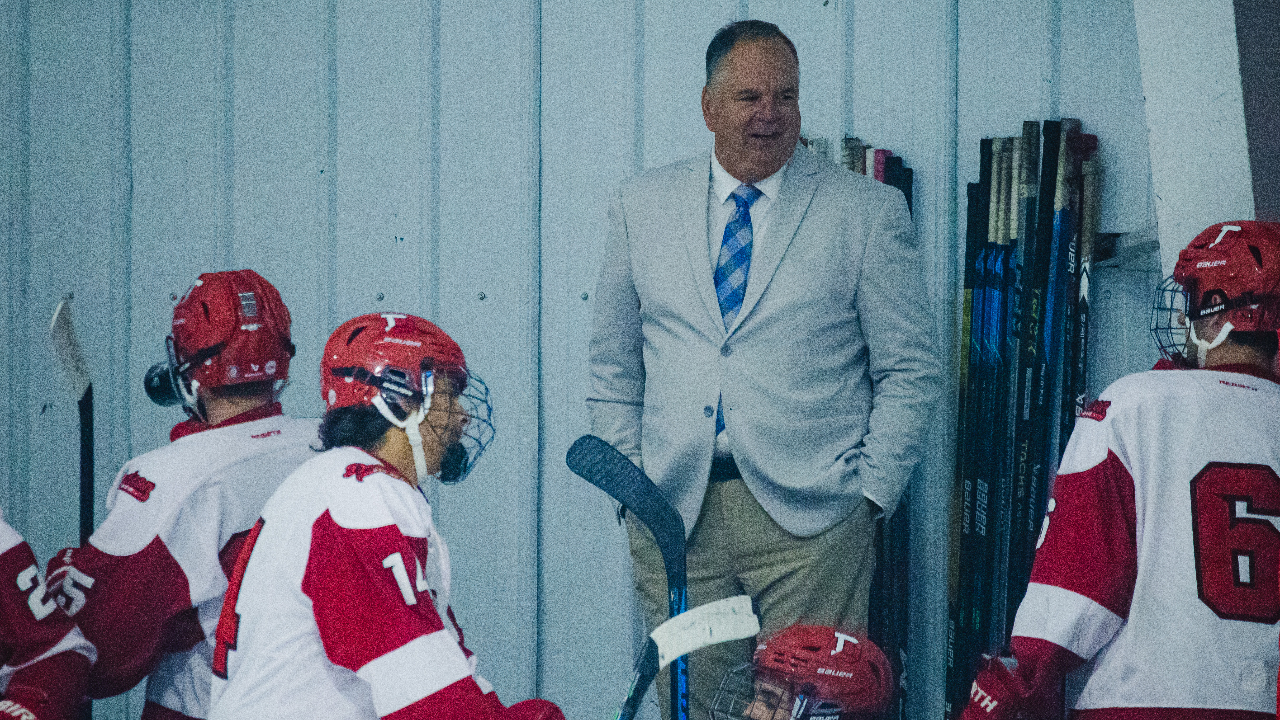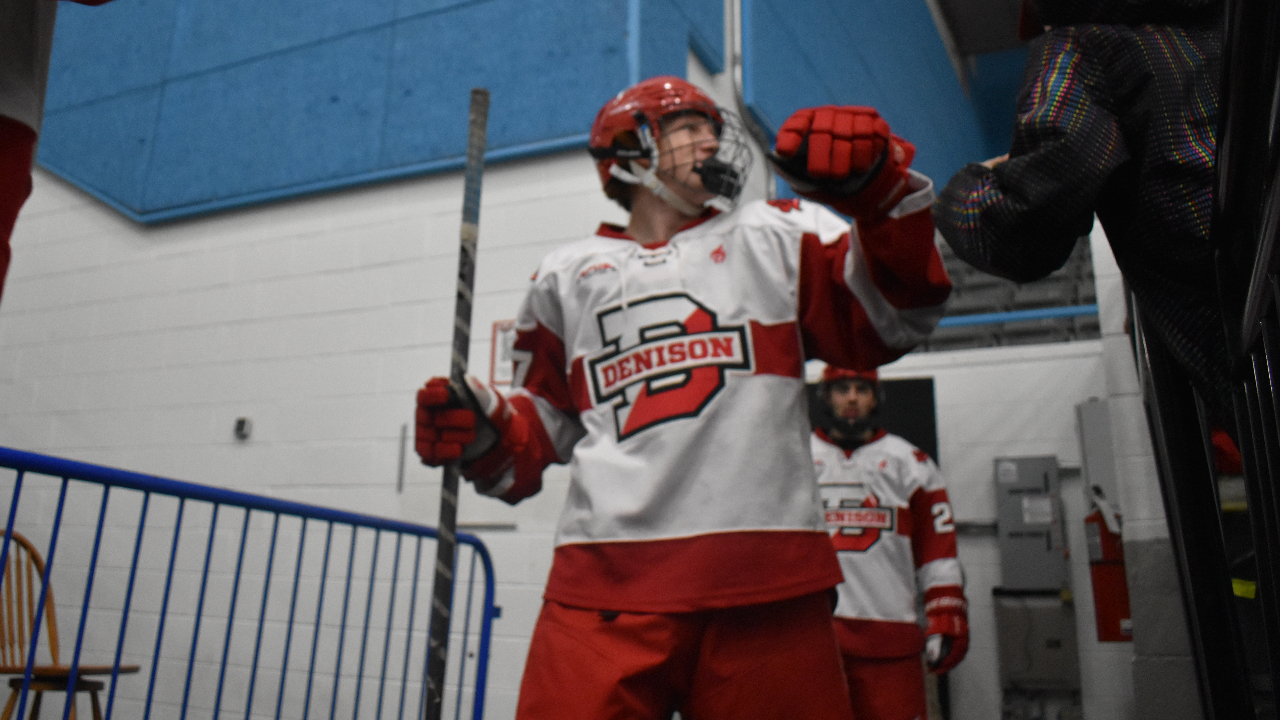
The Off-Season Grind:
The Relentless Preparation of a College Hockey Coach
By Jeff German, Head Coach, Denison University Hockey
The final buzzer of the season may signal the end of one chapter, but for a college hockey coach, it marks the beginning of the next. The off-season is not a break; it’s an opportunity. It’s a time to analyze, strategize, and build for the future. Whether you're a coach, business leader, or someone striving for personal growth, the principles of preparation, adaptation, and relentless pursuit of success are universal. Here’s a deep dive into the intricacies of a college hockey coach’s off-season, demonstrating the kind of behind-the-scenes work that help develop successful programs and fosters long-term growth.
1. Evaluating the Future: Prospects and Admissions
One of the most exciting aspects of the off-season is seeing which prospects have been admitted to the University. Scouting during the season lays the groundwork, but now comes the moment of truth. Who made the cut academically? Of your short list, how many made the grade? You’re hoping to see names turn up and you’re thrilled when you do and disappointed when you don’t.
The next step is parsing the admissions report. This is the time to identify hidden gems among new admissions. This is done by cross referencing the admissions list with rosters from junior leagues, high schools, and club teams. Researching dozens of admitted students through Elite Prospects and NCSA pages to find those with the potential to make an immediate impact.
At a small school, players don’t simply show up at tryouts—you must go out and get them. The recruiting process is anything but easy. It begins with identifying a player who not only possesses the athletic ability to be a game-changer but also has the drive and potential to excel at the highest level. From there, the challenge extends to ensuring that the player meets the rigorous academic standards and has the credentials necessary to gain admission to a highly selective university. But the hurdles don’t stop there, financial considerations must also be carefully weighed, particularly when dealing with international prospects. The path to success requires a delicate balance of talent, academics, and financial planning, making the recruiting journey both a strategic and thorough process.
The process continues by connecting with admitted players who have strong hockey backgrounds and convincing them why Denison University is the right fit for their academic and athletic goals. Until a player makes his commitment on May 1st, you’re constantly working to close the deal, emphasizing the strengths of both the program and the university.
This process isn’t just about stats; it’s about character, coachability, and a willingness to embrace the team’s culture. A two-way forward with a relentless work ethic is often more valuable than a player with pure talent but lacking in defensive responsibility. The right mix of skill, attitude, and adaptability is key. Just as in business, hiring the right individuals means prioritizing fit and commitment over raw talent alone.
Building that initial rapport with a prospect is everything. A coach must convey the vision of the program and make the player feel wanted while being honest about expectations. These conversations lay the foundation for trust and commitment, much like building relationships in any leadership or sales role.
If a player ultimately chooses another program, it’s crucial to wish them well and encourage them to stay in touch. Transfers back to the program happen often, and keeping the door open ensures that no bridge is burned. If it’s not the right fit at that moment, encourage them and move on, but never close the door completely. The same can be said for businesses saying goodbye to key employees, chances are you may see them again. Don’t burn that bridge, wish them well and keep communications open.
2. The Relentless Communication: Dozens of Calls and Meetings
Recruiting isn’t passive. It requires dozens of phone calls to potential players who have been admitted or are considering their options. Conversations range from discussing the vision for the program to addressing concerns about academics, commitment, and playing time. This is where persuasion, relationship-building, and clarity of vision come into play.
Equally important are one-on-one meetings with returning players. These discussions set clear expectations, reinforce individual development plans, and assess commitment levels. Some players may have higher aspirations and want to expand their current role, while others may be questioning their position or facing personal challenges. These conversations are key to aligning personal goals with the overall success of the team. It's crucial to provide a clear roadmap for the off-season, outlining the work needed to reach the next level. Similar to an employee evaluation, these meetings should offer an honest assessment of past and present performance, while setting concrete goals for improvement. This approach is a fundamental leadership discipline that applies across all fields.
3. Rebuilding the Team: Coaching Staff and Support Roles
Hockey is a team effort, and that extends beyond the players. Assistant coaches, team managers, and trainers all play critical roles in sustaining a winning culture. The off-season is a time to assess whether changes are necessary. Are there gaps in coaching expertise? Is there a need for a skills coach, a goalie coach, or a strength and conditioning specialist?
Like any business, turnover is common in college sports, and replacing key personnel requires diligence. In any leadership role, surrounding yourself with the right people determines success. The best leaders are always looking for ways to strengthen their team, whether in sports or business.
4. Strategy and Systems: Building Next Season’s Playbook
A new season means new challenges, particularly when moving to a new conference. This requires studying the playing styles of upcoming opponents, understanding their strengths and weaknesses, and adapting team strategy accordingly. The playbook isn’t just about X’s and O’s, it’s about culture, discipline, and accountability.
Are there gaps in last season’s performance? Were special teams a weakness? Did defensive coverage struggle against certain systems? Adjustments need to be made, and players must be prepared to execute them seamlessly.
Break out the mirror! Post-season coaches’ evaluations from players are a valuable tool for self-improvement and refining team dynamics. Listening to player feedback allows coaches to gain unfiltered insights into areas that need attention, whether it’s about practice intensity, communication, or leadership approach. Key lessons learned might include the importance of clearer expectations, better balance between individual development and team goals, or the need for more open lines of communication. By implementing these lessons in the off-season, coaches can adjust their methods, foster a stronger team culture, and enhance player performance. Additionally, it shows players that their voices are valued, making them feel heard and respected, which strengthens their commitment to the program. Similarly, in business, gathering feedback from employees or clients serves as a powerful tool for refining leadership strategies, improving operational efficiency, and better aligning the organization’s goals with team needs. Just as a coach uses feedback to enhance team success, business leaders who listen and adapt to constructive criticism ensure continuous improvement, stronger long-term performance, and a culture where employees feel valued and heard.
Businesses undergo similar strategic shifts when entering new markets or facing stronger competition. Success depends on preparation, adaptability, and the ability to execute under pressure.
5. Engaging with Other Coaches: Annual Meetings and Showcases
Every off-season includes league meetings where rule changes, scheduling, and conference realignment discussions take place. These are crucial for staying ahead of the curve and ensuring the program remains competitive.
Additionally, summer showcases are a prime opportunity to scout new talent and strengthen relationships with other programs. Attending these events requires sharp evaluation skills and the ability to recognize talent beyond surface-level performance. It’s also a great opportunity to network with coaches from other programs and discuss challenges as peers, without the season dynamic looming.
For professionals outside of hockey, industry conferences and networking events serve a similar purpose. Staying engaged with industry trends, networking, maintaining relationships, and continually seeking improvement are what separate elite performers from the rest.
6. Reflection and Innovation: How Do We Improve?
The off-season isn’t just about preparing for next year. It’s about learning from the past. Reviewing film, analyzing statistics, and seeking feedback from players and staff provide insights into what worked and what didn’t.
Are training methods up to date? Is there a better way to communicate with the team? Could new technologies help with performance analysis? Innovation is key to staying ahead, whether on the ice or in the boardroom.
Final Thoughts: The Grind Never Stops
Success isn’t seasonal. While the public sees the games, championships, and highlights, the real work happens behind the scenes during the off-season grind. A college hockey coach’s relentless preparation mirrors what it takes to succeed in any field. It’s about vision, strategy, persistence, and the ability to build a culture of excellence.
For those leading teams, whether in sports, business, or personal pursuits, the lesson is clear: The work you put in when no one is watching determines the results when everyone is. The best never stop preparing, adjusting, and striving for more.
The off-season isn’t time off; it’s time invested. And those who invest wisely will always come out ahead.

